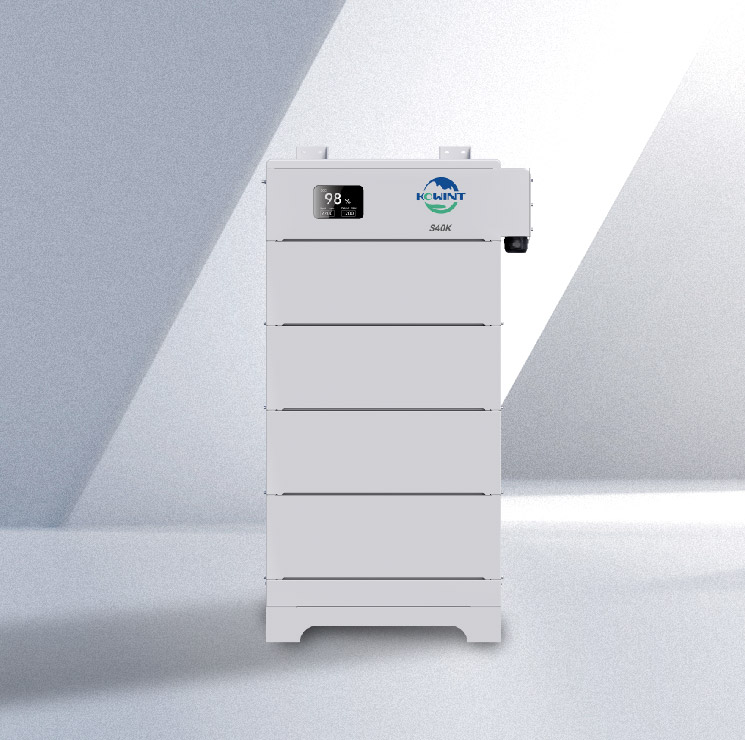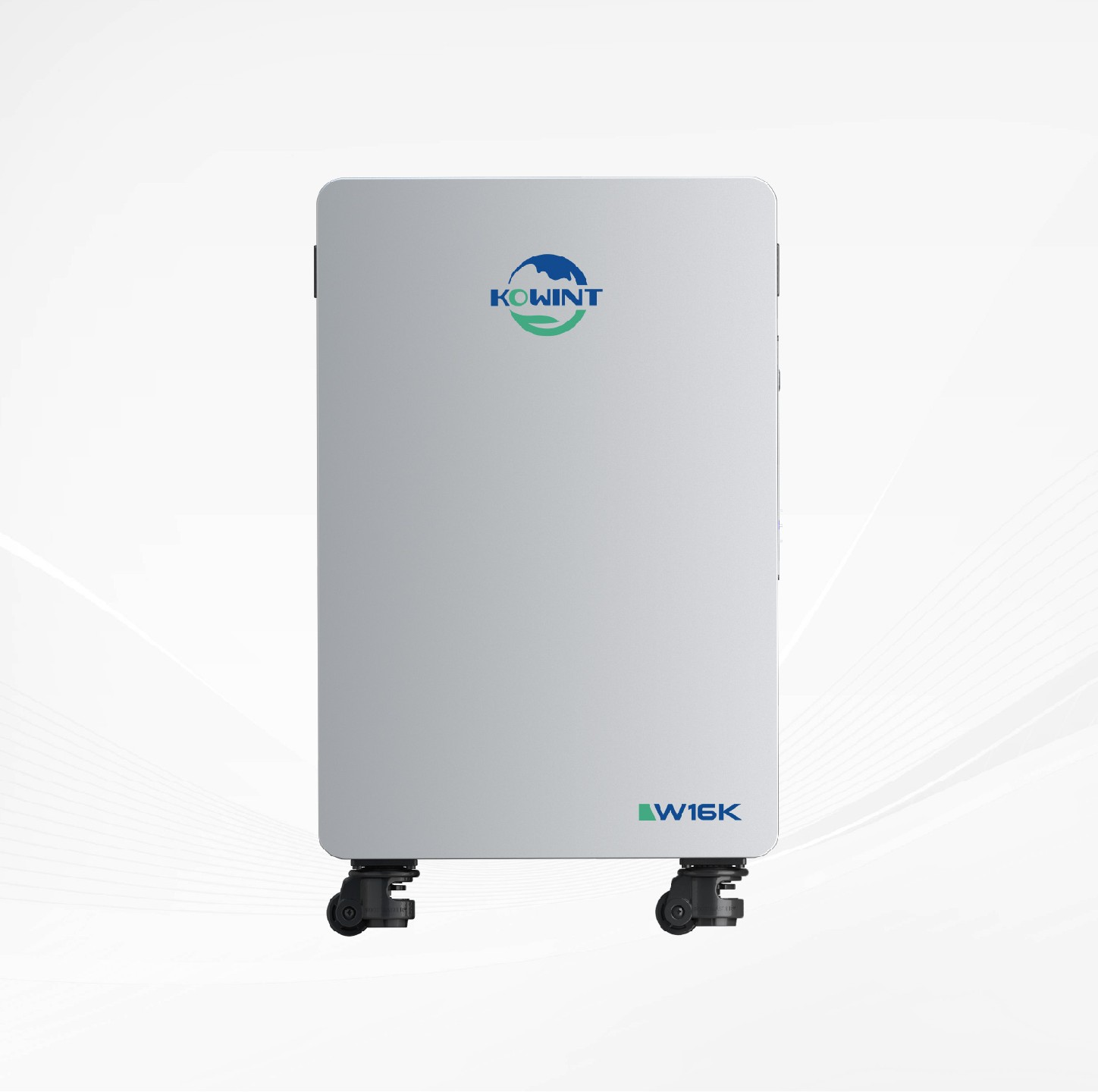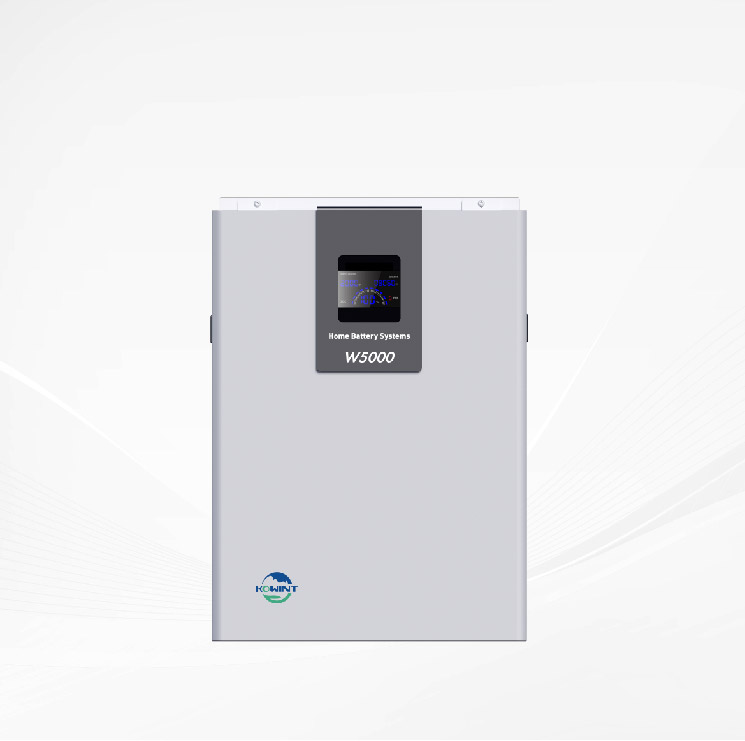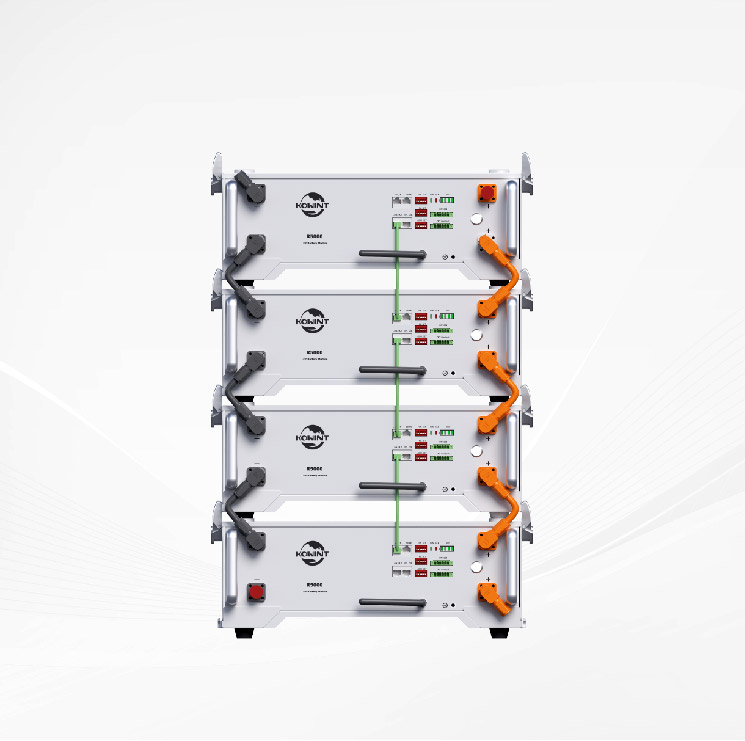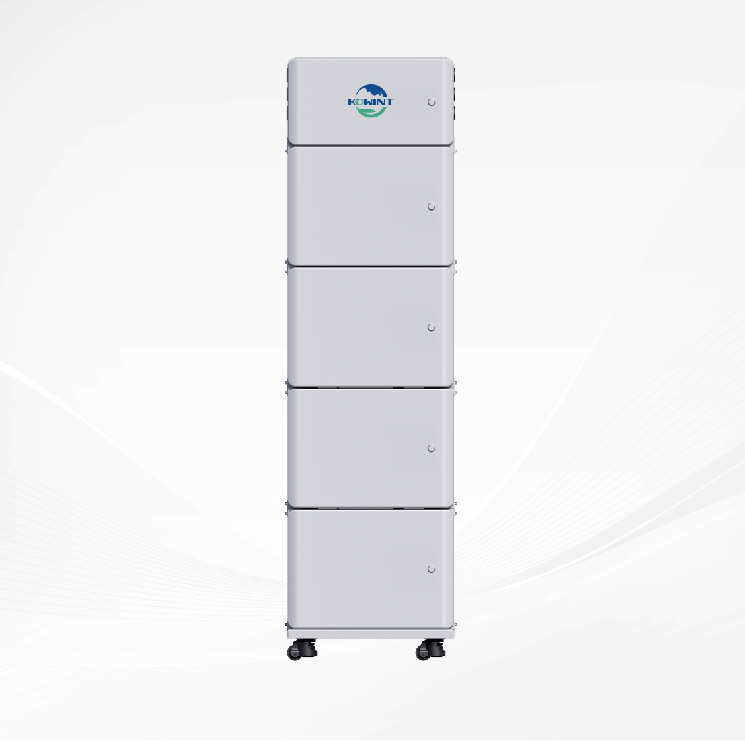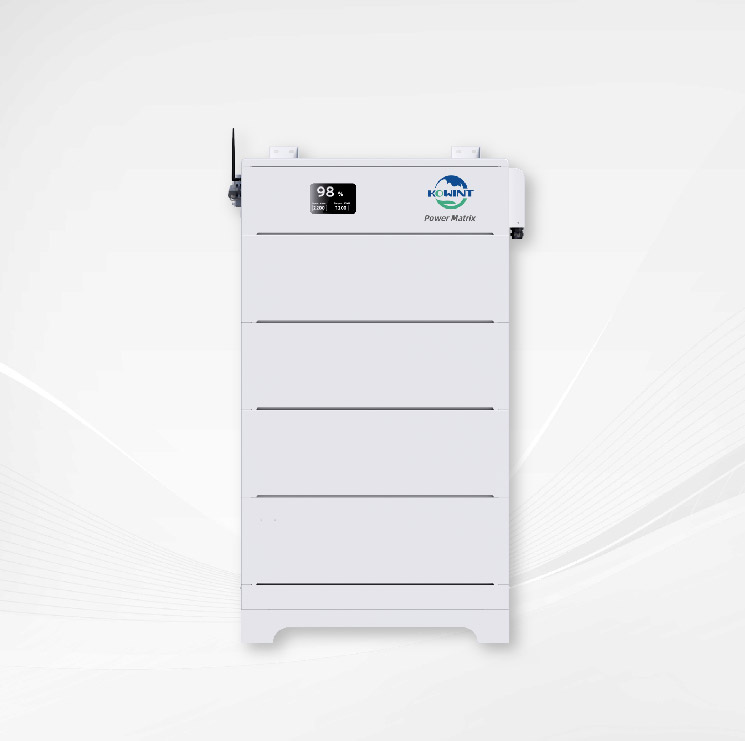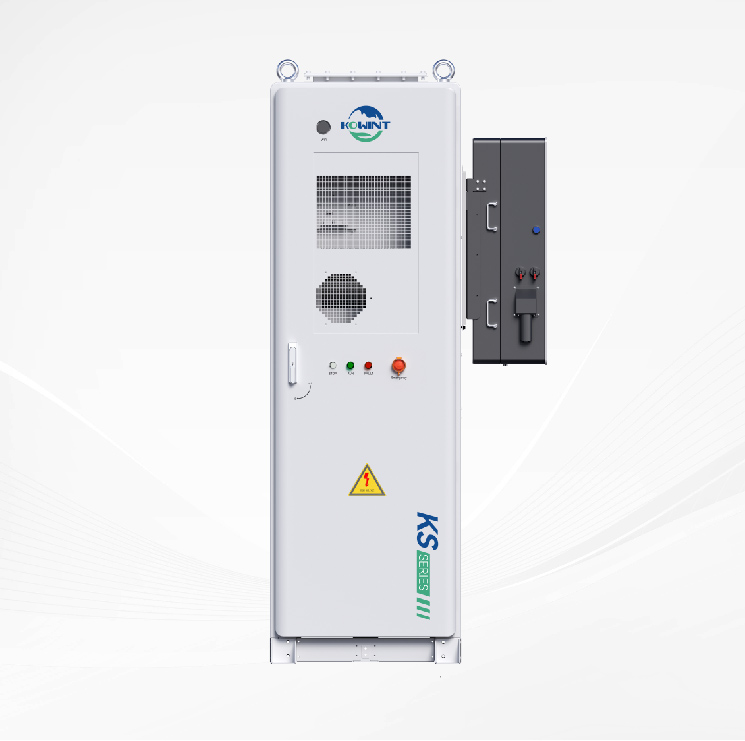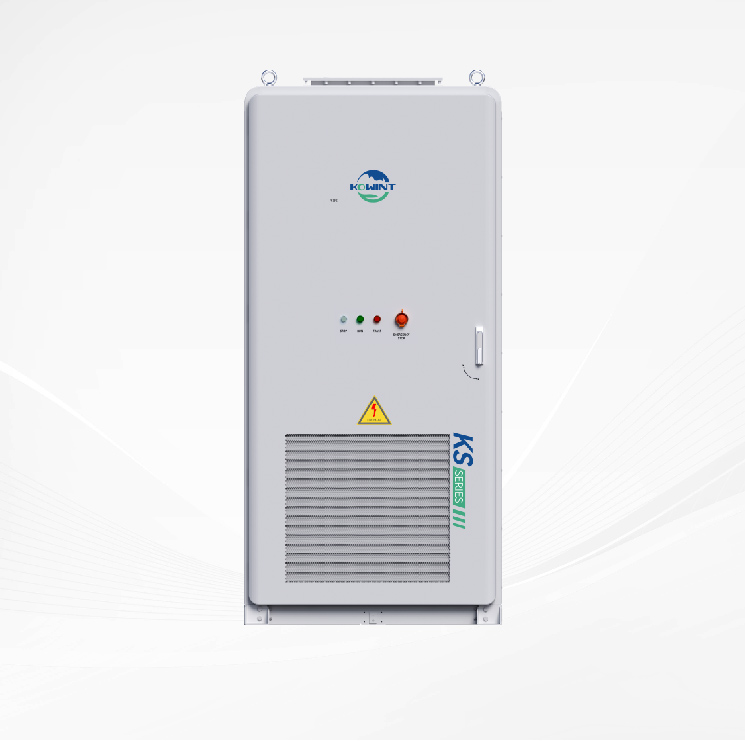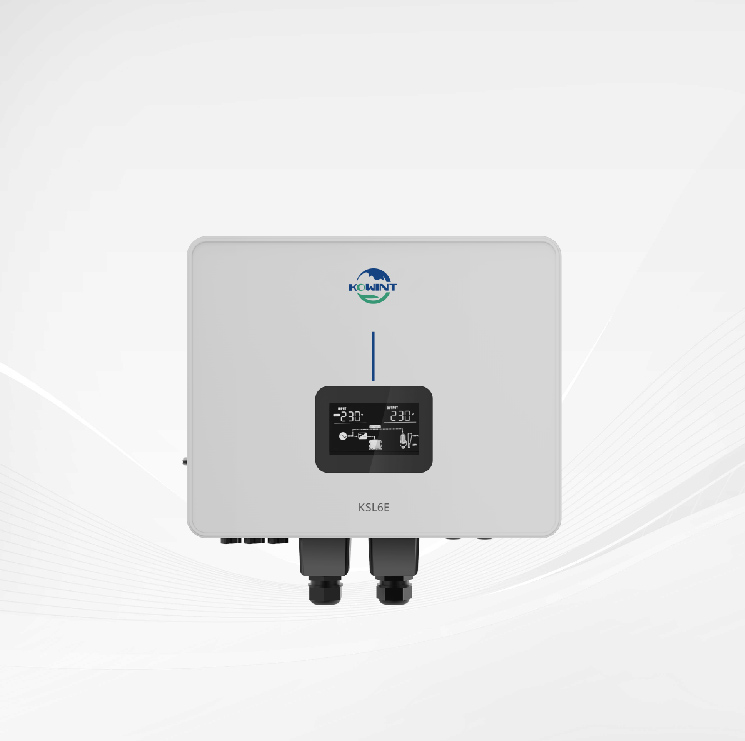History of The Uninterruptible Power Supply System
The UPS system operates as a backup power source for computers and other electronic devices. The UPS's battery pack supplies power in the event of an interruption to the main power supply caused by things like bad weather, erratic power spikes, or natural disasters.
The evolution of the uninterruptible power supply since its inception in 1934 is fascinating. Continue reading to acquire knowledge concerning the development of the UPS.
Who Invented the Uninterruptible Power Supply?
The uninterruptible power supply (UPS) was created by John J. Hanley. Passenger trains were something he was into back in his day. To ensure the safety of his passengers, he made the decision to power the rail systems with electricity. The passenger train may continue its journey out of the control of the railway operator if the train's electrical systems failed.
He was granted a patent in 1934 for a "Apparatus for Maintaining an Unfailing and Uninterrupted Supply of Electrical Energy." The gadget's job was to automatically switch to the batteries in the event of a blackout. Also, the device's battery would be charged by an external power source while it was in use. Uninterruptible power supply is the newer, more appropriate moniker.
Early uninterruptible power supply (UPS) systems relied on flywheel rotational designs that only provided backup power for 20 to 90 seconds at a time. The fast-spinning flywheel could accumulate kinetic energy as it spun, which could then be stored. The flywheel's kinetic energy might be converted into DC current and used by the device in the event of power fluctuations or outages. Flywheel rotary UPSs, which are considered environmentally friendly due to their long lifespan of 20 years, are still in use today for less critical backup purposes.
How Does an Uninterruptible Power Supply Work?
A UPS system can prevent damage from power surges and serve as a backup power source. It plugs into the mains socket and either the application itself or a power distribution unit that supplies many devices. The UPS will begin running off of its battery backup as soon as it detects a loss of mains power. With this plan in place, a business has time to assess the power outage, make repairs to broken machinery, and/or back up important digital files. The UPS system's backup power output is determined by the battery pack's capacity as well as the power requirements of the connected devices.
Two UPS units can be linked in some setups. The second UPS system will offer backup power if the first UPS system's battery dies or fails.

Five Interesting Facts about Uninterruptible Power Supplies (UPS)
Having a reliable Uninterruptible Power Supply (UPS) is essential for any company and a good idea for any company. Read on to learn five intriguing things about the ubiquitous UPS.
1. In 1934, John Hanley of the United States finished the first Uninterruptible Power Supply. He titled his invention "Apparatus for Maintaining an Unfailing and Uninterrupted Supply of Electrical Energy" and filed for a patent on it. Excellent progress, however the name is a little cumbersome.
2. When the power goes out, the entire city of Fairbanks, Alaska, and the surrounding rural settlements are powered by a 46-megawatt Battery Electric Storage System (BESS). The battery, which has been operational since 2003, stores enough energy for seven minutes at 40 megawatts to power almost 12,000 homes. This completely explains why Fairbanks experiences so many power outages.
3. The early UPSs were rotary in design, using a flywheel to provide backup power for brief periods of time.The flywheel system uses an always rotating flywheel to store energy. In the event of a power outage, the high-velocity flywheel stores kinetic energy for later use. The flywheel is still employed at times in modern times. This is due to the fact that a flywheel can have a smaller footprint than a battery bank, allowing some organizations to incorporate them into their standby power systems despite the flywheel's limited ability to deliver a high power output for short periods of time (20-90 seconds). The fact that flywheels can last for up to 20 years without needing to be replaced makes them another example of 'greener' technology that helps preserve natural resources.
4. Double-conversion online, line-interactive, and offline/standby are the three most prevalent forms of uninterruptible power supplies (UPS). There is no need for power transfer switches with an online double-conversion UPS because the batteries are permanently wired to the inverter. The safest form of power protection is a double-conversion UPS, but they also happen to be the most expensive. With the inclusion of a variable voltage autotransformer, the line-interactive UPS functions similarly to a standby UPS. The offline/standby UPS (SPS) merely provides the bare minimum in terms of functionality, such as surge protection and battery backup.
5. The batteries in UPS systems are typically what causes them to malfunction. To ensure greatest dependability, UPS batteries must be routinely serviced. Too much heat is the most dangerous condition for a battery to be in. A UPS and the batteries it uses generate a great deal of heat, thus cooling must be provided.
How Many Types of UPS are There?
Offline/standby, double-conversion, and line-interactive are the three primary UPS system architectures. The most common application of interruptible power supply (IPS) is in emergency lighting, so don't mix these with them. Considering features, prices, and security, choose an appropriate UPS system.
Offline/Standby UPS
When it comes to surge protection and backup power, the most fundamental equipment are offline/standby UPS systems. From the primary AC power source, the UPS charges its internal battery before supplying power to the AC load. In the event of a blackout, the DC power from the batteries is transferred to the load via an inverter. To allow electrical current to flow down the output line, it requires an electronic switch to select either the DC battery or the main AC power. Subcycle switching is used for electronic devices so that load devices have minimal downtime. These UPS systems are the most budget-friendly and can withstand power surges, blackouts, and brownouts.
Double-Conversion UPS
The battery is charged by the inverter and the battery is utilized to power the system when the electricity goes out. The inverter converts DC power to AC power that can be used to power the load. This dual conversion ensures that the essential loads on the unit's output are shielded from any disturbances in the entering AC power, such as surges, spikes, distortions, or other irregularities. The double-conversion UPS is the most expensive and best type of unit, but it also operates continuously and has power conditioning capabilities, therefore it costs more for a reason. The double-conversion UPS can handle over/under voltage, harmonic distortion, line noise, and frequency variation in addition to surges, brownouts, and blackouts.
Line-Interactive UPS
To mitigate the effects of AC power fluctuations, line-interactive UPS systems incorporate a ferroresonant transformer. When the power goes out, this UPS system uses a ferroresonant transformer to keep the load going until the battery can be discharged via an inverter and transformer and the power is restored. The utility line is not protected to the same extent as with a dual conversion UPS, but it still handles most of the same difficulties.
What Are the Uses of UPS Systems?
The primary purpose of a UPS system has always been to act as a backup power supply in the event of a mains power outage. Work can continue as usual, or systems can be shut down systematically to prevent damage and data loss. UPS systems have become increasingly advanced over the years, enabling for automatic shutdown of equipment and alerts to alarms and events through email or text message.
The UPS has evolved into a dependable and effective piece of hardware that can keep your data safe from corruption or loss in the case of an unexpected power outage. Equipment hardware and components can be protected in this way as well. Depending on the capacity and duration of the UPS, it may provide enough power to devices to continue operating normally until the primary power supply is restored.
At Kowint, we provide businesses around the country with UPS and battery equipment sales and maintenance contract services. The continued safe operation of your equipment depends on your having a reliable supply of power accessible the minute the lights dim or the electricity goes off. Get in touch with us right away if you have any questions about the UPS services and goods we offer.
Advantages of Uninterruptible Power Supply
There are a number of benefits to using a UPS:
1. Protecting Critical Equipment and Systems from Power Outages, Reliable Backup Power UPS systems provide a reliable supply of backup power in the case of a power outage.
2. Prevents Damage and Loss of Data Due to Unpredictable Power OutagesUPS systems prevent damage to equipment and data loss due to unpredictable power outages such as surges, spikes, brownouts, and sags.
3. By supplying clean, regulated, and consistent power to connected devices, UPS systems boost power quality.
4. UPS systems can safeguard equipment from power-related issues, thereby increasing its lifespan and decreasing the need for costly repairs and replacements.
5. Data loss and corruption are prevented by UPS systems because they provide a secondary source of power in the event of a mains power failure.
6. UPS systems can boost corporate performance by reducing downtime and increasing production thanks to their clean, stable power supply.
7. Cost Reductions: Uninterruptible Power Supply (UPS) systems are a cost-effective choice for many businesses because they help to reduce the costs associated with power outages, equipment damage, and data loss.
Disadvantages of Uninterruptible Power Supply
There are a few drawbacks to using a UPS, and they include:
1. UPS systems can be costly, especially those with higher capacities or more sophisticated features.
2. UPS systems need frequent maintenance to keep them running smoothly and for as long as possible.
3. A UPS system's battery capacity determines how long it can offer backup power in the event of a power outage, and this may not be long enough for prolonged blackouts.
4. Complexity: Uninterruptible power supply (UPS) systems can be difficult to install and maintain without specific training.
5. Spatial Requirements: Uninterruptible Power Supply (UPS) systems, especially those of a larger size, can be quite bulky.
6. Because of their bulk and weight, UPS systems aren't ideal for use in mobile applications or in settings where equipment is regularly moved.
7. Heat Production: Uninterruptible power supplies (UPS) are known to produce considerable amounts of heat, which can increase cooling needs and decrease efficiency.
8. Noise: Some UPS systems produce loud noises that might be annoying in peaceful settings.
9. Battery disposal and leakage of hazardous materials are two environmental concerns with UPS systems, which employ batteries.

UPS Use and Purchase Recommendations
When operating under minimal loads, a high-quality UPS can keep the lights on for two to three years. So, what should you look for in a UPS? The secrets to its long life, and how to fix it if it breaks.
Before buying UPS:
Selecting an Uninterruptible Power Supply (UPS): Determine the VA Requirement Before Purchasing. A wide variety of UPS manufacturers supply their products to consumers. These UPSs all seem to be made out of the same generic plastic, and they're all rather cheap for what you get. Plastic UPSs are of poor quality and tend to overheat, so you should avoid purchasing one. Think about how many batteries you'll need before making a purchase. Starting at 850VA, UPSs use sealed lead acid batteries. Because of the several batteries required, the cost is significantly higher.
Time for restoring from a backup: often varies with workload and VA. It's not guaranteed to be exactly the same as the time printed on the packet, but it should give you a general idea. The amount of time a backup system will last depends on the batteries' quality and capacity.
Since the UPS is responsible for supplying all of your computer's power, it's important to pick one with high-quality cables. Cables on most UPSs can't be moved. A high-quality multiplug should be used to ensure that the plug stays securely in place.
The primary purpose of an uninterruptible power supply (UPS) is to serve as a backup in the event of a power outage. However, some reliable UPS systems come included with stabilizers and surge protectors. That's why you need to check it out while shopping.
Correct use of UPS:
The purpose of an uninterrupted power supply (UPS) is to keep a computer powered for a certain amount of time so that it can be safely shut down. For use on a desktop computer only. As a result, you shouldn't use it on anything but a desktop computer.
Until the fodder is stable, it is not recommended to use it as a backup.
Do not overuse the power, and make sure it is kept in a dry, well-ventilated environment.
Please turn off your generators.
If the line voltage is unstable, use a voltage stabilizer.
Conclusion
The development of the Uninterruptible Power Supply (UPS) system attests to the need of having a steady and secure source of electricity. UPS systems have advanced through the years to accommodate society's changing requirements. And it will most certainly keep changing when new ideas emerge in the future. Anywhere, including homes, offices, and data centers. In the event of a power outage, an uninterruptible power supply (UPS) is still a crucial piece of equipment. There is a growing need for dependable power sources. Meeting this need and keeping essential machinery and systems running smoothly will depend heavily on the advancement of UPS technology.


 Residential Energy Storage System
Residential Energy Storage System Commercial & Industrial BESS
Commercial & Industrial BESS Residential inverter
Residential inverter